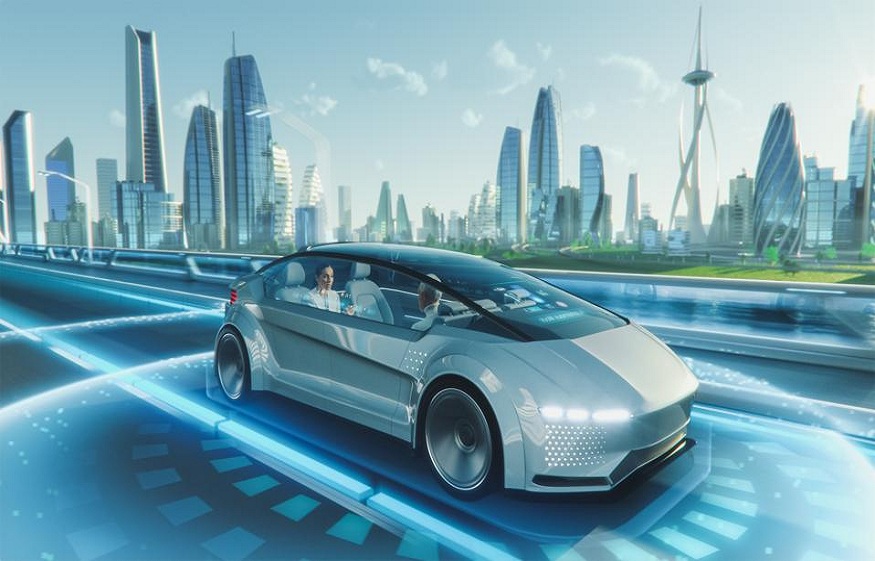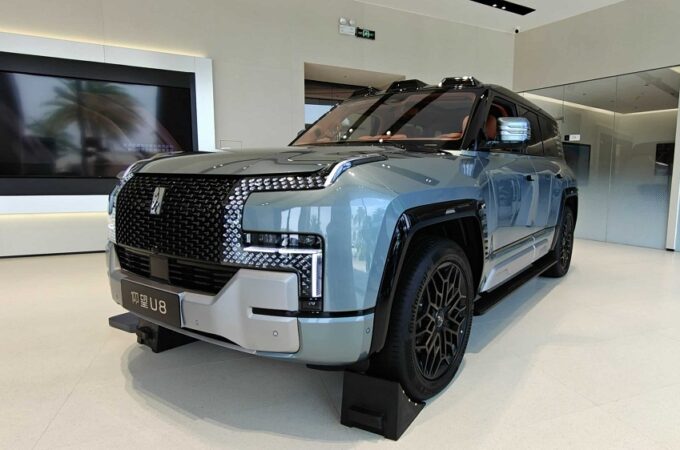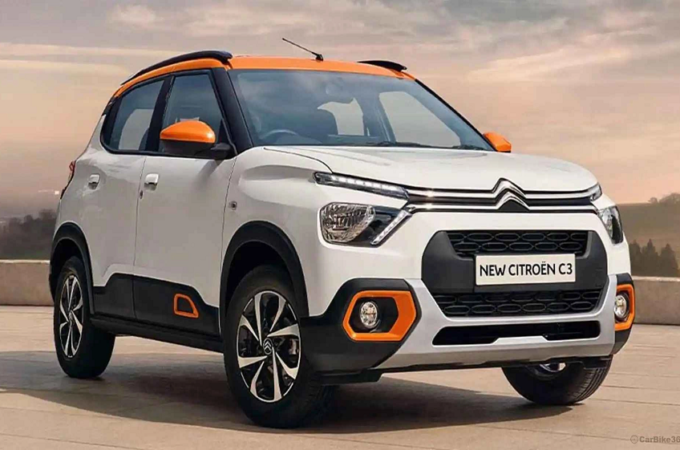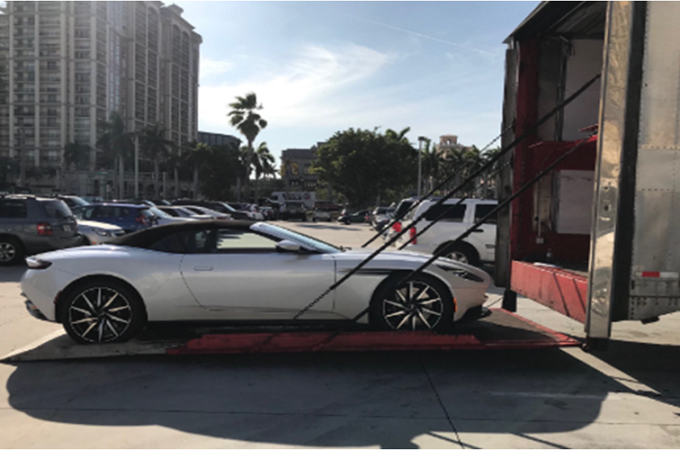
Artificial Intelligence and the Automotive World: A Future That Has Already Begun
The automotive sector is undergoing an unprecedented revolution thanks to the integration of artificial intelligence (AI). If, until a few years ago, cars were considered simple means of transport, today they are genuine technology hubs capable of collecting data, analyzing it, and making real-time decisions.
This transformation does not only concern autonomous driving systems or infotainment software; it extends to every component of the vehicle. AI can optimize the operation of mechanical and electronic elements, enhancing safety, comfort, and energy efficiency.
AI as the Engine of Automotive Innovation
AI in automotive manifests across several areas: from predictive maintenance management to driver assistance systems (ADAS), and even to production and logistics models in factories. Through sensors and algorithms, modern vehicles “learn” from experience, adapting their behavior to road conditions and the driver’s style.
But that’s not all: AI is also used to improve component design, optimize energy consumption, and reduce emissions. Cars thus become intelligent tools capable of anticipating user needs and delivering an unprecedented level of safety.
Intelligent Headlights: When Light Meets AI
A concrete example of AI application in automotive concerns headlights. Today, they are no longer mere lighting tools but intelligent systems that interact with the surrounding environment. Thanks to AI, modern headlights can automatically adjust the intensity and direction of the light beam, adapting to driving conditions and the presence of other vehicles.
Some systems, for example, automatically recognize pedestrians or cyclists and modulate illumination to ensure maximum visibility without dazzling other road users. Others integrate predictive functions, increasing light near curves or intersections to reduce accident risk.
In this context, the quality of components connected to lighting systems becomes fundamental. Specialized companies such as www.helmer.it, which offer technical solutions for the automotive sector, are a point of reference to ensure reliability and innovation down to the smallest detail. Headlights, seals, supports, and springs must be designed to withstand high stresses and integrate seamlessly with increasingly digitized systems.
The Integration of AI and Road Safety
Safety is the area where artificial intelligence has shown the most significant results. ADAS (Advanced Driver Assistance Systems) are now widespread in nearly all latest-generation cars. These include features such as automatic emergency braking, lane keeping assistance, and traffic sign recognition.
Thanks to neural networks and advanced algorithms, cars can analyze billions of data points from sensors in real time, making decisions that dramatically reduce accident risk. The goal is not to fully replace the driver but to support them, intervening promptly when required.
Predictive Maintenance: AI That Prevents Failures
Another innovative AI application concerns predictive maintenance. By analyzing data from sensors and control units, vehicles can predict when a component is about to wear out and warn the driver in advance.
This approach not only reduces repair costs but also increases safety by preventing sudden failures that could compromise vehicle functionality. It marks a radical shift from traditional maintenance, which relied on time or mileage intervals without accounting for the actual state of components.
Comfort and Personalization: AI at the Driver’s Service
Beyond safety, AI enhances comfort and personalizes the driving experience. Modern systems can recognize the driver, automatically adjust seats, mirrors, and climate control, and even suggest alternative routes based on personal preferences.
Some advanced models integrate AI-based voice assistants capable of understanding natural commands and interacting with the driver in a fluid, intuitive way. The result is a safer, more pleasant experience tailored to each motorist’s needs.
Automotive and the Future: AI as a Pillar of Mobility
The future of automotive will inevitably be tied to AI. The goal is not only to build autonomous vehicles but to develop an ecosystem in which cars communicate with each other and with infrastructure, creating safer, more sustainable cities.
In this scenario, mechanical details will continue to play a crucial role: intelligent lighting systems, robust support components, durable seals, and next-generation gas springs will be indispensable to best integrate digital innovation. AI does not replace mechanics; it enhances it, making it more efficient and reliable.
The car of the future will thus be the result of a balance between algorithms and engineering, between software and hardware—between artificial intelligence and precision components.





